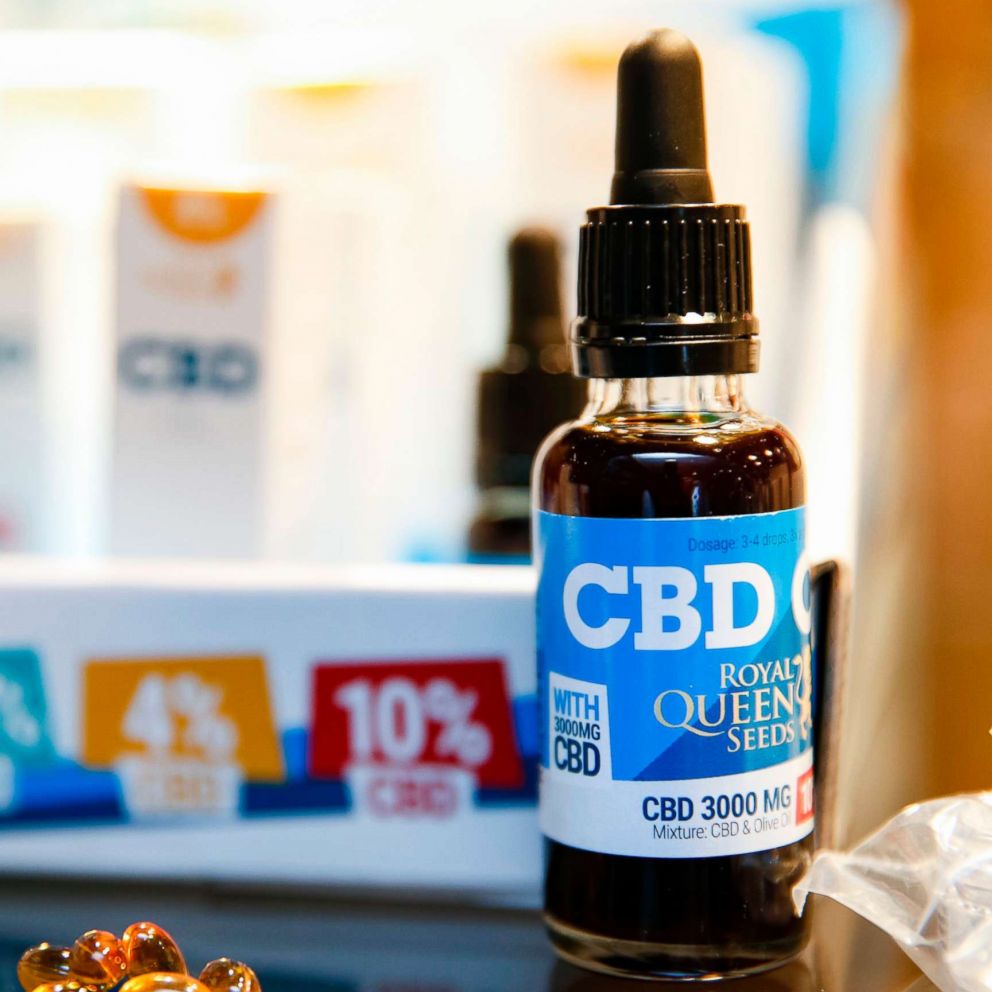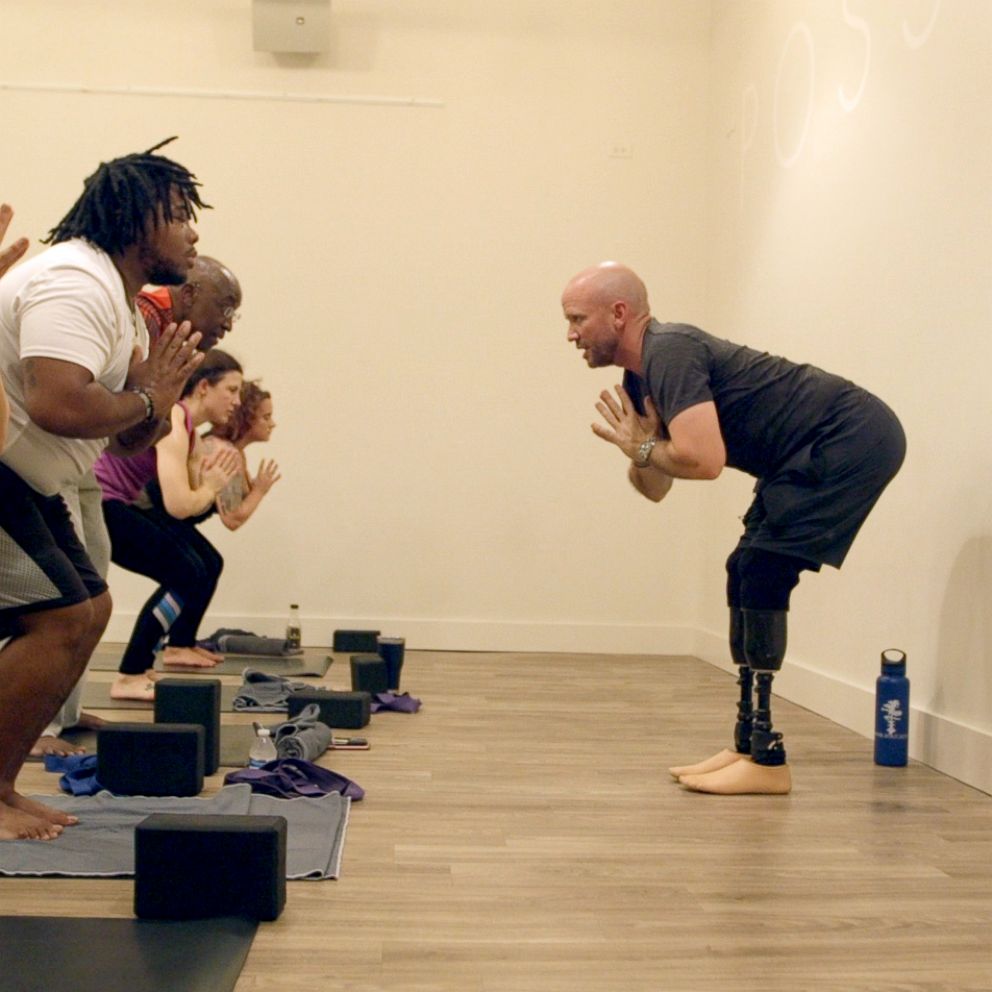How to meal prep like a boss in 2019
Everything you need to know to make meal planning a breeze.
Welcome to GMA’s New Year, Best You. As we ring in 2019, we are sharing everything you need to start the new year strong. From keeping your New Year’s resolutions going to Instagram-worthy meal prep to workout programs to eating plans to taking time for yourself, we have it all covered.
When it comes to eating well, meal prepping is key. Setting aside a few hours each week to prep and store food can pay off big time for your health, and sanity, in the long run.
If you see #mealprep goals on Instagram and Pinterest but have no idea how to do it yourself, we've got you covered.
"GMA" partnered with Anna Brown, of Nutrition Squeezed, for the ultimate meal prep guide for the New Year.
Here are Brown's tips for getting started. Read more here for a sample menu and grocery list from Brown.
When it comes to meal prepping, I like to emphasize the prep over the plan aspect. I believe in prepping simple, whole ingredients that you can combine in any way for delicious meals throughout the week.
Meal planning can feel a little restrictive and controlling, which is why I prefer the term prep. To me, meal prepping means I have more flexibility and can mix and match foods based on my mood. The only meal of the day that I actually “plan” out are my breakfasts because mornings are crazy and it’s so much easier to have something ready to grab and go!
So where to start? You want to make sure you’re prepping foods that will allow you to enjoy meals with a variety of foods, flavors, and nutrients. Since we don’t usually sit down to a large breakfast during the week, I like to make something I can quickly reheat or enjoy with my coffee while getting ready.
(MORE: CBD is the latest wellness trend, but does it work?)
For lunch and dinner, I like to stick to the following formula because it’s easy to mix and match and this combination of food will keep you full for longer thanks to the slower-digesting protein and satiating fats: Base + protein + fiber + healthy fat.
Bases will include your whole grains, greens, and anything starchy like sweet potatoes or squash.
Protein can include any meat or meat alternatives, legumes, and eggs. We get fiber from foods like whole grains and greens (already covered off in our base), as well as most vegetables and anything you really need to chew.
(MORE: Move over, New Year's resolutions: Why you should make a 'reverse bucket list' instead)
Healthy fats include things like avocados on the side, nut butters (also a protein), and dressings that are made with healthy oils like olive or avocado oil.
When it comes to snacks, I try to always pair a carb with a protein or a fat to slow digestion. Some days, thanks to meal prepping, I don’t even get hungry in between meals, which is great because it gives your digestion time to rest.
However, if you’re someone that needs one or two snacks a day, these are essential to prep and have on hand so you don’t head to the vending machine or candy drawer. Snacks are a great opportunity to ADD to a healthful diet, not detract from it.
Meal prep guide
Bases
Whole grains (e.g. quinoa, faro, wild rice)
Greens (e.g. arugula, kale, spinach, red lettuce
Starchy vegetables like roasted sweet potato or winter squash
Tip: Make or buy enough for several meals, and switch it up every week so you don’t get bored and are benefiting from a variety of nutrients.
Proteins
Tip: Choose a protein that will reheat well or can be enjoyed cold. Switch it up between animal and plant-based proteins.
Salmon
Chicken
Legumes (e.g. edamame, chickpeas, black beans -- when eaten with a whole grain, these are considered a complete protein.)
Fiber
Tip: Stick to seasonal vegetables because they’ll taste better, will be more nutritious, and they’re cheaper.
Winter vegetables (Inluding Brussels sprouts, fennel, cabbage, and winter squash like spaghetti squash, delicate and acorn -- just remember that winter squash and potatoes are considered starchy vegetables, so you’ll want to also factor these in to your base so you don’t overdo it with squash and grains.)
Nuts and seeds like chia seeds and flax seeds
Berries
Fats
Nut butters (also count for protein)
Tip: Don’t fear fat, especially healthy fats, They keep us full longer, make us feel more satisfied after a meal, and they’ve been shown to provide many health benefits.
Avocados
Salad dressings made with olive oil or avocado oil
Snacks
Tip: One of the most important foods to prepare because otherwise you might reach for the office candy jar or a muffin and sugary coffee.
High protein and fiber bars made with egg whites, dates, and nuts
Nut butter and banana
Hummus and veggies like peppers or celery
Anna Brown, of Nutrition Squeezed, is a former public relations professional turned healthy living enthusiast who is now studying at New York University to become a registered dietitian nutritionist.







